Preppers know that gathering and storing supplies is key to their survival. In addition to food and water, you’ll also need weapons, disinfectants, and medicines to stay safe and healthy in a crisis. However, as helpful as these items can be, they also pose risks to curious young kids.
Luckily, there are many ways to store your survival supplies, so they’re out of sight, out of reach, and inaccessible to your children. Implement these strategies to keep your kids and your supplies safe.
1. Unload and Secure Guns in a Cabinet
Whether you have a pistol, a rifle, or an AK-47, you must keep it away from your kids. While these lethal weapons can undoubtedly come in handy in an emergency, the best way to protect your family is to store them out of reach.
Better yet, lock them up in a cabinet, safe, or gun vault. Regardless of how often you talk to kids about gun safety, they are naturally curious and can accidentally hurt or kill themselves or others if they get their hands on them.
2. Store Bullets Separately
Take extra precautions by unloading your guns and storing the bullets separately. Many states, including Massachusetts, Connecticut, California, and New York, require gun owners to complete this step.
Keeping the weapons and bullets in two different locations lowers the risk of children loading and using your firearms. It also makes it harder for intruders to steal your guns and use them against you. After all, a gun’s no good without at least one shot.
3. Use Trigger or Cable Locks
Gun safety laws also require owners to put trigger or cable locks on their firearms to disable the weapon. You must use a loading indicator to show whether there are rounds in the chamber, as well. These features can warn kids of possible danger and prevent them from firing their guns.
Look for locks with rubber pads to protect your firearms’ finish and minimize scratches. Newer models that use fingerprint recognition technology are also a great choice. Because they’re free of keys and keypads, there’s little chance your kids will be able to disarm and use your weapons.
4. Install Child-Proof Latches
Many preppers and survivalists store disinfectants, medicines, chemicals, and various weapons and tools in their homes. This way, they have easy access to them whenever the need arises. However, kids handling these items could result in injury, poisoning, or even death. Therefore, it’s important to lock all drawers, cabinets, and cupboards with child-proof latches.
If you have infants or toddlers, adhesive-based latches will do because your little ones aren’t strong enough to remove them. Older kids will need something more ingenious to keep them from accessing survival supplies. In this case, magnetic cabinet locks, which require a key to open, might be more effective.
5. Keep Labels on Cleaning Supplies
The bright, colorful labels that often adorn cleaning supplies can call out to your curious kids and tempt them to smell, touch, and even taste their contents. However, keeping the labels on is one of the most important precautions you can take when storing chemicals and toxins. This way, children who are old enough to read recognize words like “toxic,” “warning,” and “danger” and put the bottle back on the shelf.
Keep bleach and other toxic but necessary chemicals in their original bottles, too. Refrain from transferring them to jars, plastic containers, or generic spray bottles. Doing so separates liquids from labels and increases the chances of your little ones mistaking them as drinkable.
6. Get Some Doorknob Covers
If your little angels haven’t yet learned how to walk, they probably can’t open doors, either. However, toddlers and curious school-aged children will eagerly explore every inch of your home if you let them. This is where doorknob covers come in handy. Safety covers go over the top of your doorknobs and make it more difficult for little hands to open doors to dangerous rooms.
Look for designs that feature tapered edges to keep your kids from getting a good grip on doorknobs. Install them in seconds without using any tools. Most come in packs of two, six, or even nine, so you can child-proof every room in your home if need be.
7. Use Safety Gates
Many homeowners use gates and fences to protect curious neighborhood kids from pools, ponds, equipment, and other “attractive nuisances” that may be dangerous. However, parents can also use safety gates inside to keep kids away from survival supplies. These devices come in various sizes so that you can keep crawlers and walkers out of potentially dangerous areas.
While most safety gates serve as temporary solutions, you can keep one up indefinitely to store supplies more securely. Move all your weapons, chemicals, and end-of-the-world equipment to one corner of the basement and install a permanent safety gate or playpen around it. Then, use a tarp or curtain to discourage children from trying to reach items through the ballisters.
8. Store Medicine in Child-Resistant Containers
Most pill bottles come with a child-resistant lid. Yet, 15% of children can still open them using their hands or teeth. Plus, if your little one has ever seen you open a pill bottle, the odds of them accessing medicines are even higher. Monkey see monkey do, right? Sadly, their curiosity can prompt them to ingest these medications, which often results in poisoning and can even cause them to overdose.
Prevent these tragedies by storing medicine in tried-and-true child-resistant containers. Keep pills in their original bottles and stick those inside a locked case. Keep this vessel out of sight and only unlock it when you need to take your medications. Promptly close it again when you’ve finished and keep track of how many pills are left to discourage sneaky thieves.
9. Use Anchors on Furniture and Shelving Units
Storing medicines, chemical solvents, and other items in hard-to-reach places is a great way to hide your gear and protect the kids. However, placing supplies on the top shelf or inside the highest dresser drawer can tempt your little ones to climb up and investigate. Even if they’re careful, their weight alone can cause your furniture to tip over, resulting in severe injury or even death. Therefore, you must anchor heavy storage cabinets, shelving units, and dressers to the ground or wall.
Anti-tip straps are available in different shapes and sizes. However, the most reliable ones feature robust metal hardware and sturdy cables than plastic hooks and adhesives. Use adequately sized screws to secure everything and prevent mishaps.
10. Lock Your Supplies in a Bunker
If you don’t want to outfit your home with gates, latches, locks, and other safety gadgets, lock all your supplies in a survival shelter or bunker. Ideally, this refuge will be close to home so you can easily access your gear, regardless of whether you’re facing a crisis of completing day-to-day tasks.
Maybe you have yet to build a bunker. In this case, you can store supplies in a shed or cellar. Out of sight, out of mind is key to keeping your kids away from dangerous equipment, so these storage solutions are great for deterring inquisitive children. Use a classic lock and key or a combination lock to keep family, guests, and trespassers out. Choose a weatherproof version and add chains for good measure.
11. Hide Keys and Memorize Passcodes
You should hide keys and memorize any passcodes you use to lock doors, gates, and storage containers. Kids often make it their mission to find these things, mainly if you write them down somewhere or keep the information in an easily accessible location. Thus, committing passwords to memory and keeping keys in inconspicuous places will keep them from getting their hands on potentially hazardous supplies.
Want to improve security even more? Invest in an advanced security system, so you don’t have to use a padlock or passcode. Look for one that uses biometric technology to recognize your retina, fingerprint, face, or voice to unlock access points and gain entry to your bunker.
12. Install an Alarm System
When all else fails, install an alarm system to alert you to break-ins. Sometimes, you can’t keep kids out, no matter how hard you try. In this case, video surveillance and intelligent automation will keep them safe.
Opt for a system that features a mobile app, motion activation, intrusion detection, and 24/7 monitoring. Night vision, movable cameras, and a wireless setup can also increase safety by allowing you to keep a better eye on things.
Proactive Protection for the Win
Being proactive about child safety is key to protecting your kids from danger — apocalypse or not. Implement some or all of the tips above. Then, take extra precautions like learning CPR and keeping a first-aid kit in your home. When they’re old enough, educate your kids on how to use survival supplies properly. This way, they can help protect themselves and the family in an emergency.


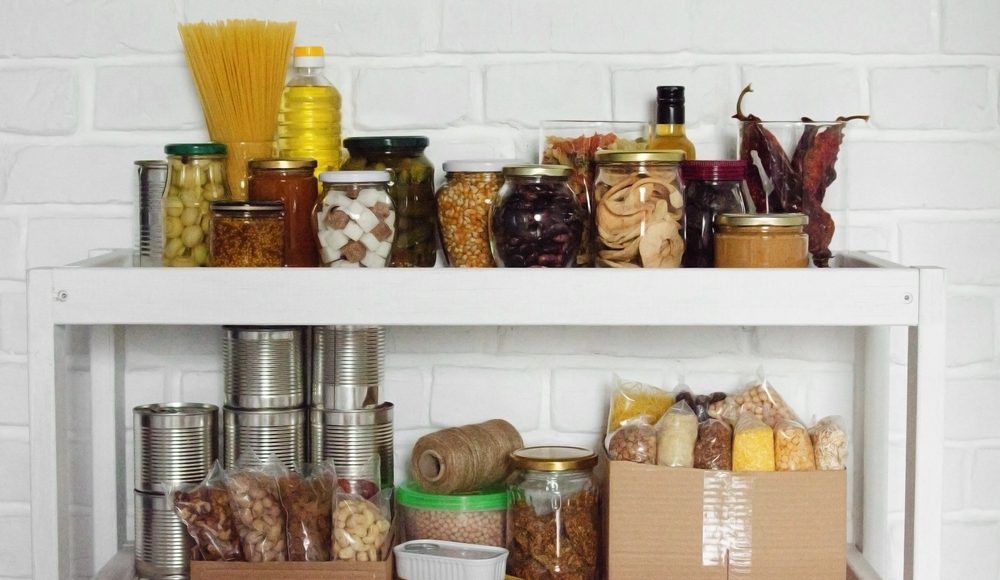


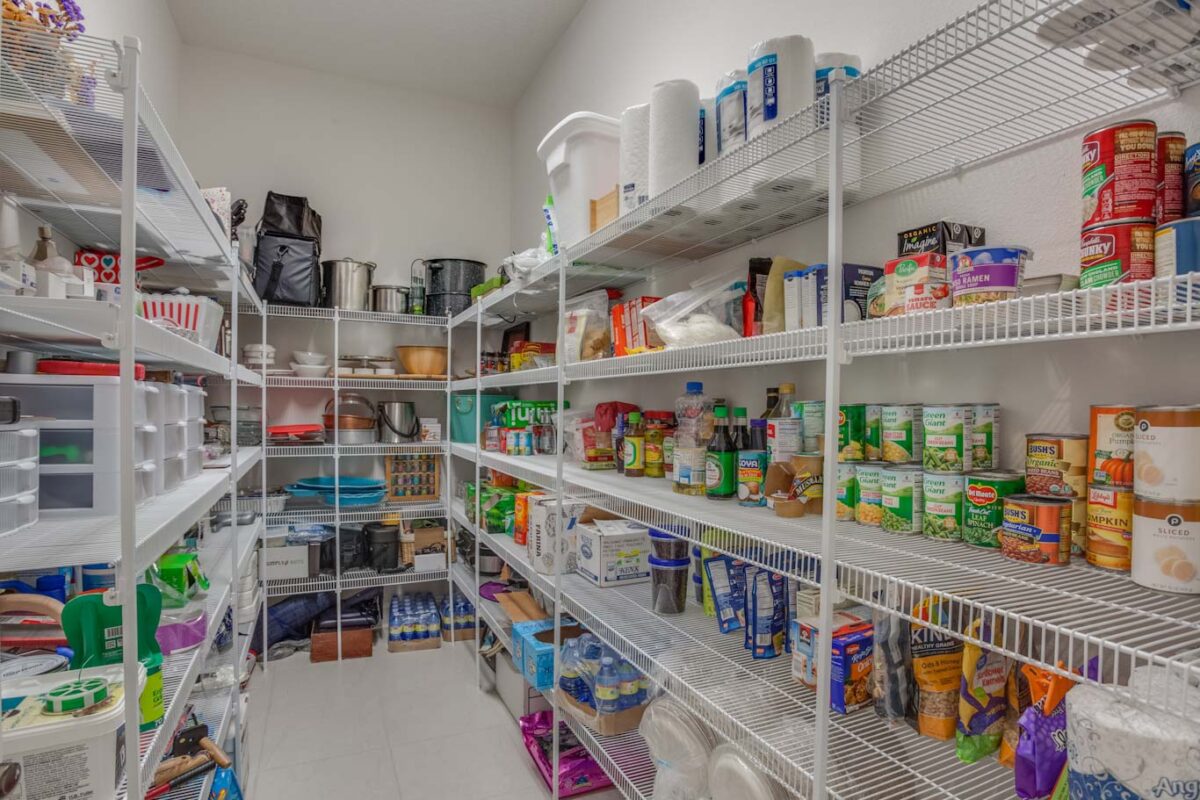
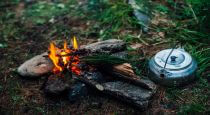
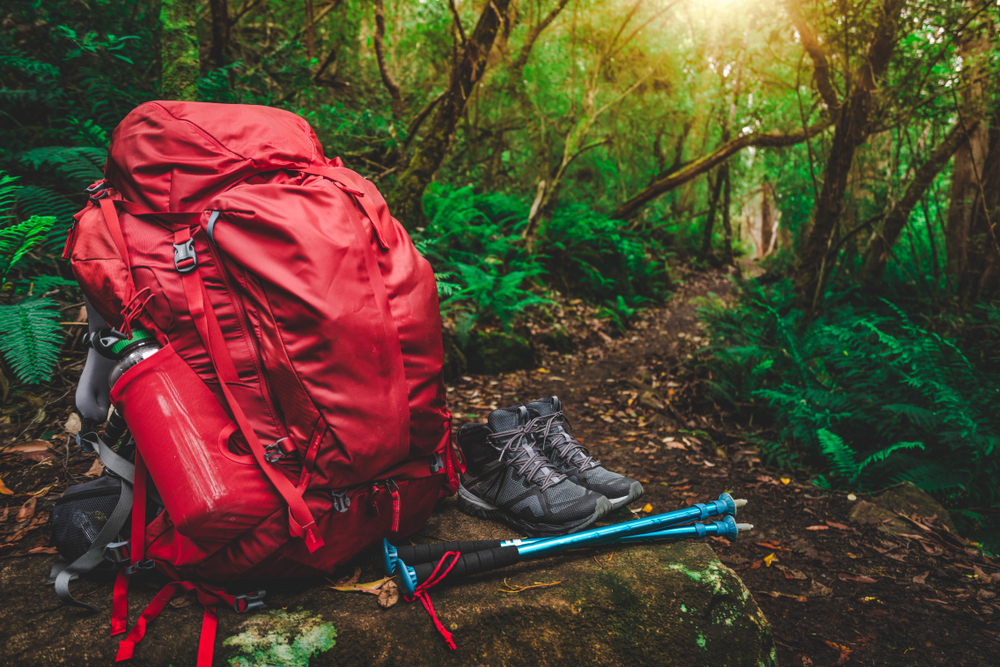
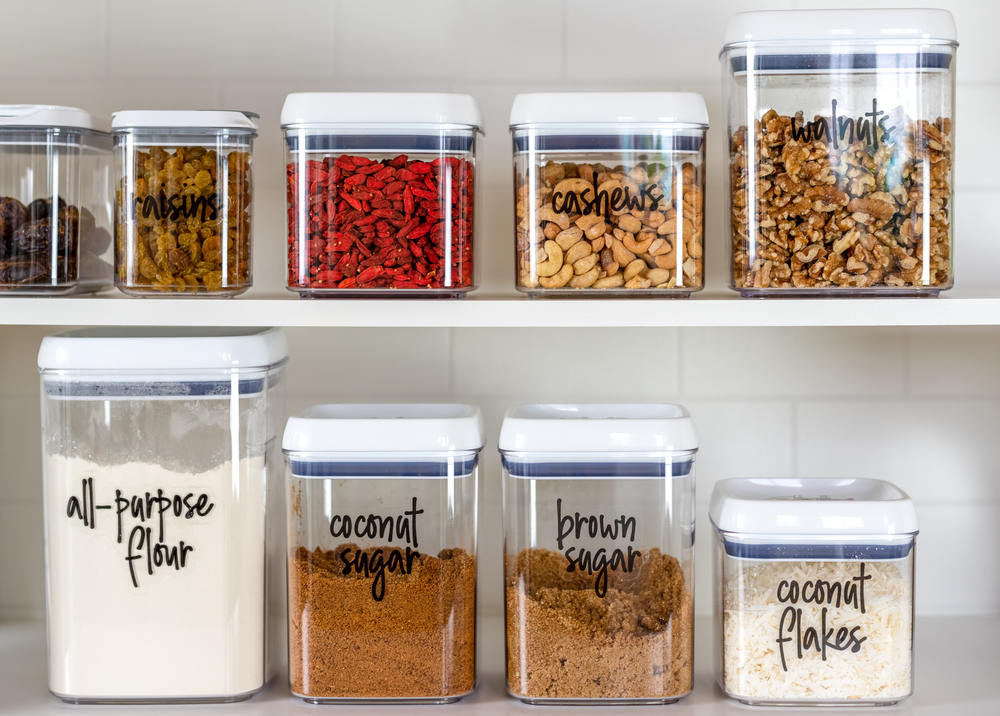


Illini Warrior | November 21, 2021
|
When you delve into the subject of weapons – the small verbiage stuff makes a difference >>> it’s not “guns” it’s “firearms” for that whole category – never “bullets” for whole assembled cartridges or shotshell – it’s “ammo” or “ammunition” – and – for God’s sake don’t go rank neophyte by using “clip” for “magazine” ….
grammy em | November 21, 2021
|
that would be fine if the author were writing for advanced preppers. for beginners, this is a clear article using language the neophyte will understand. clear entry level info in several categories of preps.